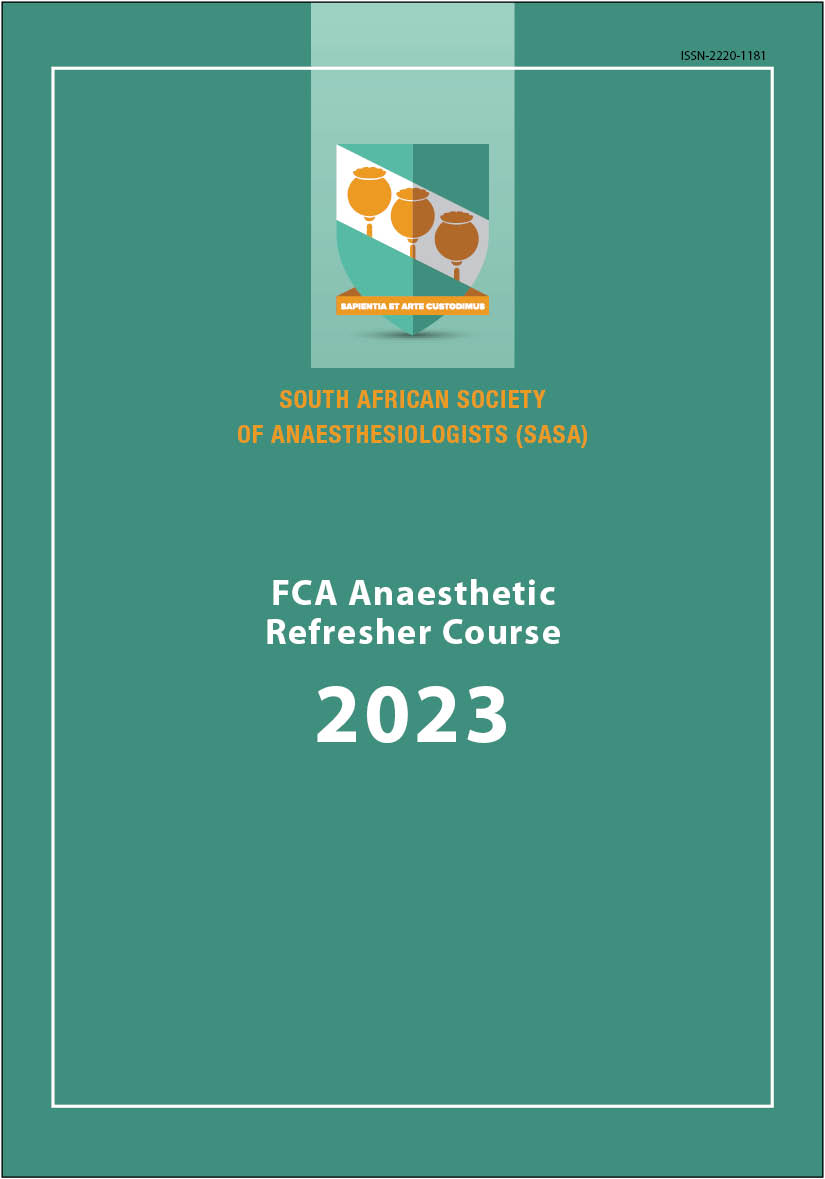Pain physiology and pain pathways
Keywords:
pain physiology, pain pathwaysAbstract
The presence of pain is a protective mechanism that serves to prevent the body from further harm. However, when pain becomes pathological, it becomes a socio-economic disease burden that impacts a significant portion of the population.
This article aims to discuss the physiology of pain that forms the basis for understanding the processes that allow pain to become chronic. It describes the definition of pain and the various types of pain receptors involved in the processing and perception of pain. The physiology, pathways and processes involved in the activation and ongoing experience of pain are well described in terms of four distinct events, known as transduction, transmission, modulation, and perception.
The events described lend emphasis to the subjectivity of pain and the importance of a multidisciplinary approach to the effective management of chronic pain conditions.
Downloads
Published
Issue
Section
License
By submitting manuscripts to SAJAA, authors of original articles are assigning copyright to the SA Society of Anaesthesiologists. Authors may use their own work after publication without written permission, provided they acknowledge the original source. Individuals and academic institutions may freely copy and distribute articles published in SAJAA for educational and research purposes without obtaining permission.
The work is licensed under a Creative Commons Attribution-Non-Commercial Works 4.0 South Africa License. The SAJAA does not hold itself responsible for statements made by the authors.

